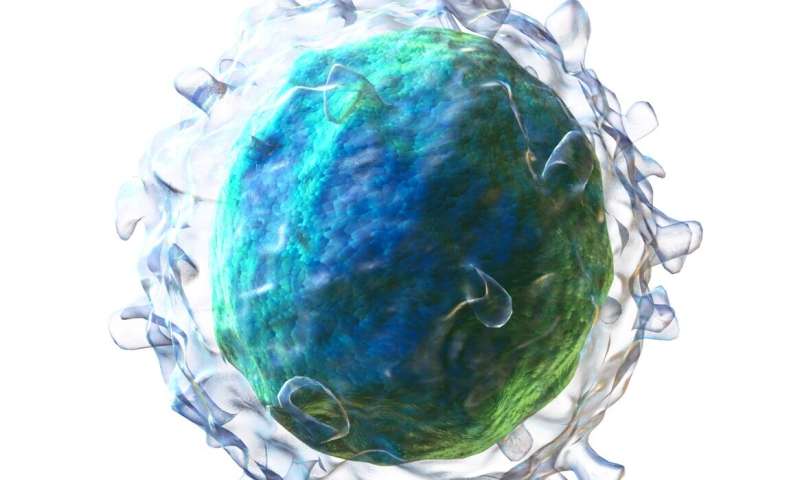
Patients with a rare immunodeficiency disorder who are treated with lifelong immunoglobulin replacement therapy (IRT) have a lower risk of premature death than patients treated with a hematopoietic stem cell transplant (HSCT), but they also have a reduced quality of life and must assume a substantial financial burden, according to a new study led by Children’s Hospital of Philadelphia (CHOP). Using a computational model to calculate the costs and benefits of IRT and HSCT for patients with agammaglobulinemia, the researchers concluded that the high cost of IRT in the U.S. undermines its cost-utility, particularly when compared to Canada and European countries, where the cost of IRT is nearly a third of what it is in the U.S.
“The model we developed allowed us to answer questions about cost-effectiveness and outcomes for a patient population that is typically too small to power the robust clinical trials needed to answer these questions,” said first author Di Sun, MD, MPH, an attending physician in the Division of Allergy and Immunology at CHOP. “Given the results of our modeling, we believe that IRT should remain available to treat patients with agammaglobulinemia in the U.S., but regulatory efforts should focus on reducing its price.”
Congenital agammaglobulinemia comprises a group of primary antibody deficiencies characterized by a scarcity or complete lack of B cells, leading to recurrent infections and potentially life-threatening complications. In high-income countries like the United States, the mainstay treatment is lifelong IRT given monthly as an intravenous infusion (IVIG) or weekly or biweekly a subcutaneous infusion (SCIG). This therapy, while effective at reducing many infections, does not completely prevent all infections, and the requirement of regular infusions reduces quality of life for many patients. IRT also poses a significant financial burden, costing between $30,000 and $90,000 per year in the U.S.
HSCT is another approach to treating agammaglobulinemia, but finding a matched donor can be challenging, and the procedure itself has risks. However, to this point, no one had compared the health risks, outcomes, and cost of HSCT with IRT.
To do so, the researchers built a computational model using a base-case scenario of a one-year-old child with congenital agammaglobulinemia in the U.S. receiving either lifelong IRT, matched sibling donor HSCT, or matched unrelated donor HSCT. Using costs, probabilities, and quality-of-life measures derived from the literature, the researchers used their model to simulate more than 10,000 patients over a 100-year period.
Through that approach, the researchers found that lifelong IRT decreased premature deaths by 37% compared with HSCT, but due to its high cost, it was not cost-effective compared with HSCT. The increase in lifespan due to IRT was not accompanied by a commensurate increase in quality of life. The researchers determined that if the annual price of IRT were decreased by 51%, it would become the more cost-effective strategy.
Source: Read Full Article
